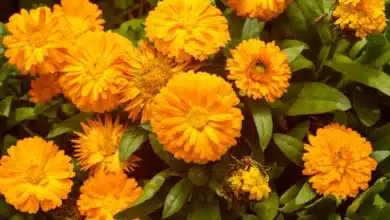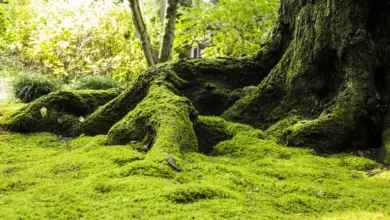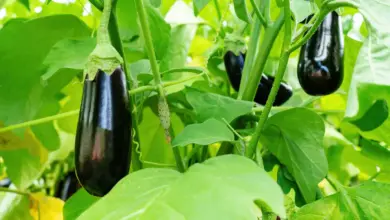Last Leaf Standing
What can I tell you – it’s been darn cold. Here in Duvall, WA we had snow followed by sub-freezing temperatures for several weeks. Today is the first day in what seems like forever when my grass has been green rather than frosty white so I ventured out into the garden to see how things had held up. It wasn’t pretty.
Following the weather forecast across the country these past few weeks I know I’m not alone in surveying the aftermath of crazy winter storms, assessing one sad-looking plant after another. This is where inexperienced gardeners would be tempted to grab their pruners – DON’T! Except in the case of dormant deciduous trees and shrubs, pruning can stimulate new growth which will get killed by the next frost and possibly cause die back further down the branch.
Before you start hacking, chopping or pruning take a few moments to read this post and determine if the plant in question is ….
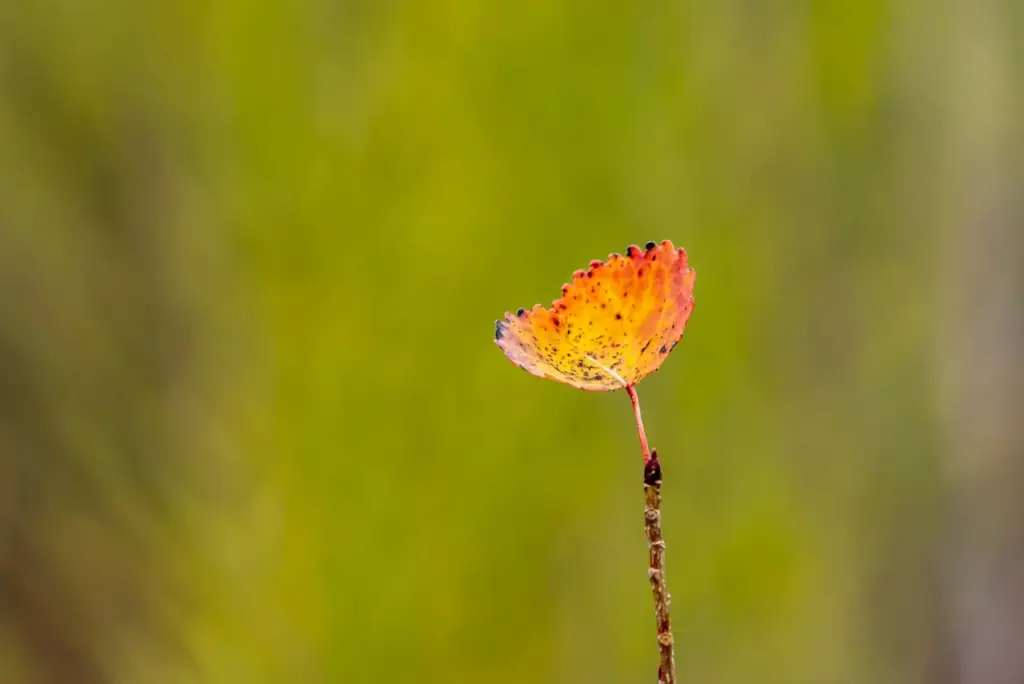
Dead, sulking, or sleeping?
The answer depends on the type of plant and the severity of the damage. Here are examples from my own winter-weary garden this afternoon
Conifers
For the most part, these are remarkably resilient and some of the most cold-hardy foliage in the garden. However, if your Hinoki cypress looks like this, forget the pruners – get the spade out!
No hope for this Hinoki, but frost was just the final straw not the true cause of its demise
This has been on a slow decline for two years following a summer drought the year it was planted. I gave it a fair chance but when this much of the foliage is brown, it is toast.
If you have Blue Star junipers (Juniperus squamata ‘Blue Star’) with one or two small sections that have turned brown (a common occurrence in my garden during winter ) you will be able to snip that off in spring after danger of a freeze has passed, and by summer you’ll never know it happened.
Most of my conifers thankfully looked OK.
Evergreen shrubs
Winter daphne shows the worst damage on the more exposed foliage.
It is common to see brown or black, frost-damaged leaves on shrubs such as this winter daphne. The more exposed foliage suffers the worst; branches closer to the house or protected by adjacent shrubs or upper branches may be completely unscathed.
Although these brown leaves will drop, the plant itself is still fine with most buds and a lot of the inner foliage still intact. No action is needed other than raking up leaves as they fall. New foliage will grow in spring.
Frost-damaged brown foliage on Goshiki Japanese holly
So much depends on location. This Goshiki Japanese holly (Ilex heterophyllus ‘Goshiki’) suffers frost damage and dies back every year, yet another bush that is closer to the house and under a deciduous tree is completely untouched.
The white speckled variegation on this Spider’s Web aralia has turned black with cold
This young Spider’s Web Japanese aralia (Fatsia japonica ‘Spider’s Web) may eventually lose the blackened leaves but I expect I shall see new growth from the base (at soil level) as well as the main plant in spring.
Semi-evergreen shrubs
Most of the purple fringe flower foliage has turned brown
Many shrubs are listed as semi-evergreen which means the plant will keep its leaves in mild winters but may lose the majority when the weather is colder. For me, this includes abelia, and fringe flower (Loropetalum). No action on my part is needed until spring at which point I will prune out any branches that show no sign of life by late April and trim healthy branches back to the uppermost bud (thereby removing frost-damaged tips). Some shrubs will grow from the base as well as a break from dormant buds along the stems – leaving the frost-damaged branches in place will protect these inner areas.
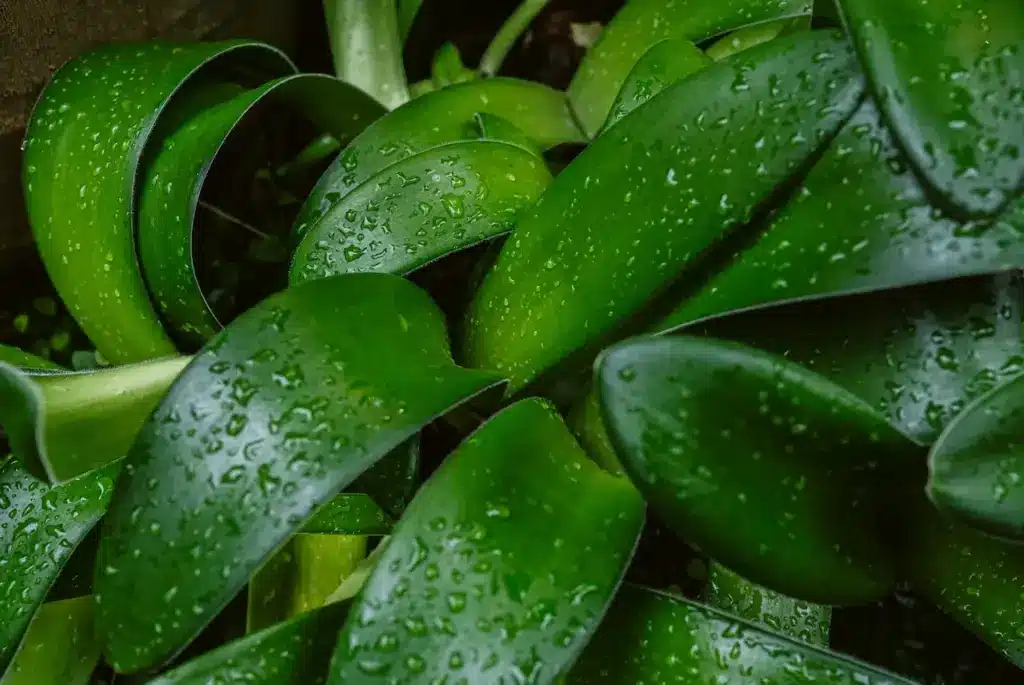
Tender shrubs and perennials
Lavender falls into this category for me – some varieties are more cold-hardy than others. Russian sage, hardy fuchsias, and gaura should also be treated in the same way.
This lavender will be fine after spring pruning
You can see this lavender plant has a mix of healthy silver needles and cold-damaged brown ones. DO NOT PRUNE UNTIL ALL DANGER OF FROST HAS PASSED. Right now there are signs of healthy silver foliage right down the length of each branch. Those lower, healthy buds are the insurance policy in case any more of the exposed areas get frost damaged. Avoid any pruning until temperatures are warmer as it will encourage the shrub to push out delicate and vulnerable new growth.
Rosemary is another tender plant for me and some do better than others….if only I could find the tags!
A sulking Jerusalem sage – easily redeemed
I actually prefer to cut this to the ground in spring anyway as it helps maintain a nice shape for these shrubby perennials. My approach with this plant is to cut it halfway back just to get it off the grasses. I will leave approximately 2′ of frost-damaged stems in place to protect the crown from further frost damage before cutting the whole thing down to the ground level in March or April when it is warmer.

